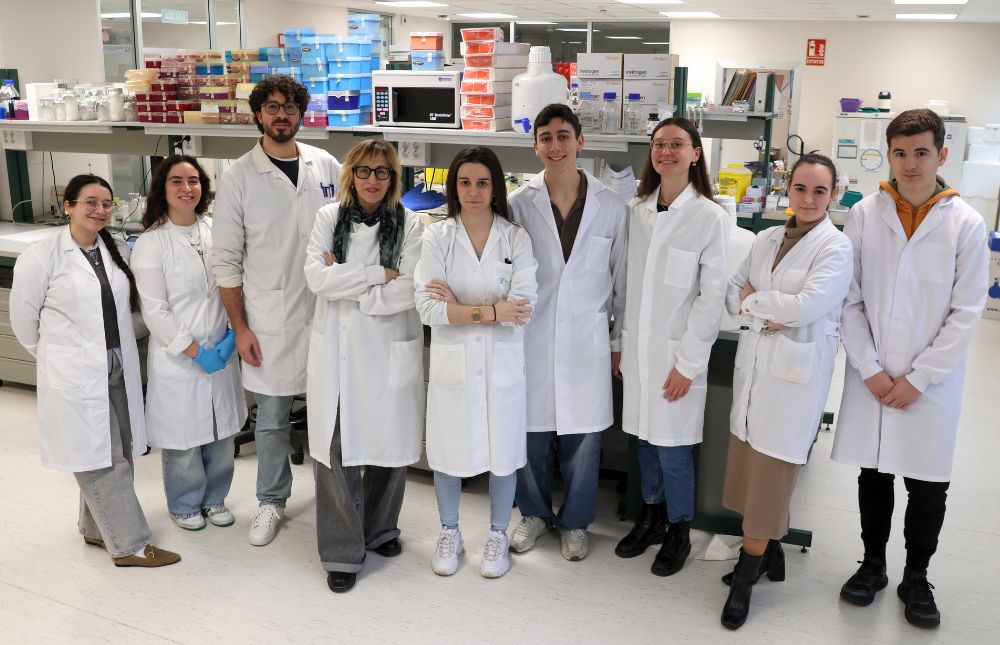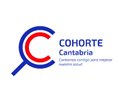Researchers from the Skeletal, Metabolic, and Environmental Diseases Group (iESQUEMA) from the IDIVAL, have developed a new approach based on the secretome of mesenchymal stem cells (MSCs) as a therapeutic strategy for osteoporosis. This work, recently published in Stem Cell Research & Therapy, demonstrates that a single administration of a secretome, modified to enhance its osteogenic potential, is capable of significantly halting bone mass loss in preclinical models of postmenopausal osteoporosis.
The researchers have identified and optimized a secretome enriched with bioactive factors that have osteoprotective properties and can modulate the bone microenvironment. Unlike other cell-based treatments in development, this strategy does not require cell transplantation or modification of the patient’s endogenous cells, reducing the risk of adverse effects and simplifying its potential clinical application. Furthermore, since it is a treatment based on bioactive molecules and extracellular vesicles, it is more scalable and safer, avoiding the limitations associated with cell viability and expansion.
Results obtained in mouse models of induced osteoporosis indicate that this secretome not only prevents bone loss but also stimulates osteoblast activation, the cells responsible for bone formation. This suggests that its mechanism of action may be twofold: protecting bone from resorption and stimulating its regeneration. These findings position the MSC secretome as one of the most promising strategies in the development of new regenerative therapies for bone diseases.
The study was carried out in collaboration with the University of La Laguna, the University of Santiago de Compostela, the Marqués de Valdecilla University Hospital, the University of Arkansas for Medical Sciences, and the University of Edinburgh, strengthening a national and international research network in the field of regenerative bone medicine. Currently, the team is working on optimizing the secretome’s composition to improve its efficacy and assess the scalability of its production, paving the way for its future clinical application in patients with osteoporosis and other bone-related diseases.
Link to the article.






















